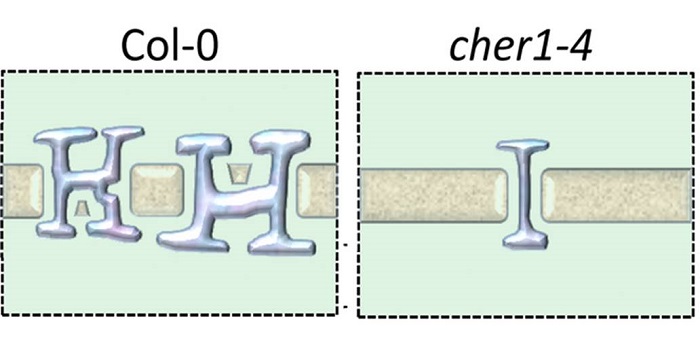
Insights into plasmodesmata composition of fully developed Arabidopsis thaliana leaves
Blog, Plant Science Research Weekly, Research, Research BlogPlasmodesmata (PD) are complex, regulated channels between plant cells that facilitate the movement of signals, metabolites and pathogens, but their small size makes them difficult to study. Previously, Kraner et al. identified an Arabidopsis mutant that produced fewer, simpler plasmodesmata. In their…
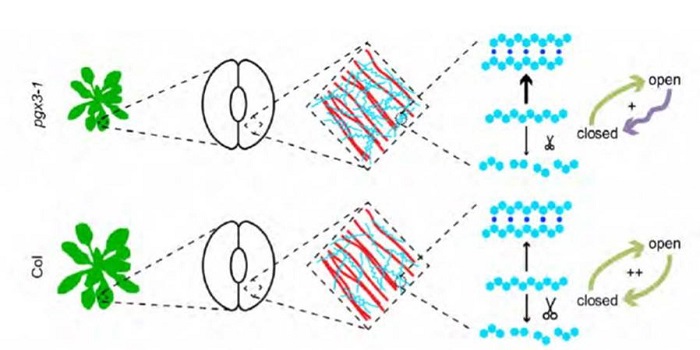
Pectinase function in growth and stomatal dynamics
Blog, Plant Science Research Weekly, Research, Research BlogPectin is a polymer that holds cell walls together and stiffens the walls, but what happens when those cell walls need to move, for example when cells (including guard cells) expand? Rui et al. started with a guard-cell specific transcriptome to identify genes encoding cell-wall modifying enzymes. They…
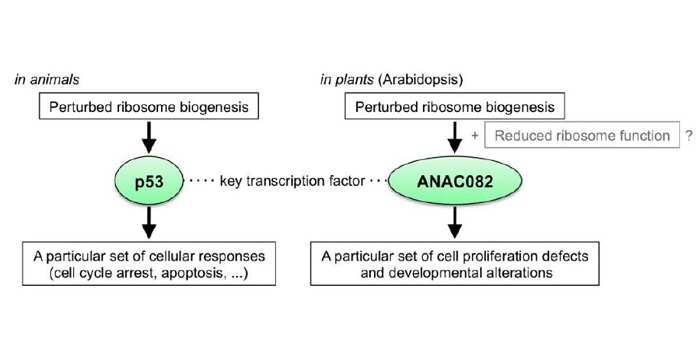
Proliferate at Your Own Risk: Ribosomal Stress and Regeneration
Blog, Research, Research Blog, The Plant Cell, The Plant Cell: In BriefPlant growth and development are extremely adaptable to changes in the external environment, including nutrient status, light quality and intensity, and temperature. Thanks to their developmental plasticity, plants can also initiate new organs from differentiated tissue following wounding, to the benefit…
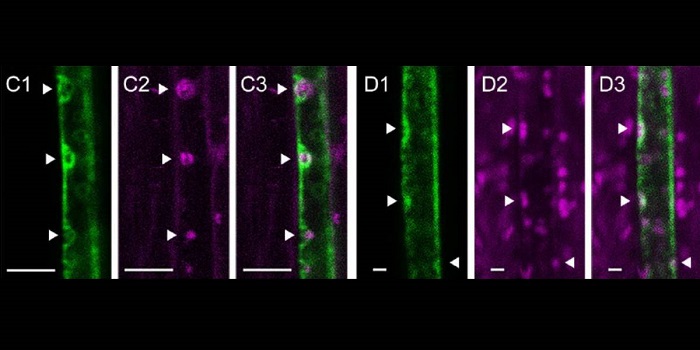
A Phloem Protein Contributes to Aphid Resistance and Heat Stress Tolerance
Blog, Research, Research Blog, The Plant Cell, The Plant Cell: In BriefAphids are highly destructive insect pests—in addition to robbing plants of sugar-rich phloem sap, they carry viruses that can be deadly to the plant. To reach the phloem sap, aphids must penetrate the plasma membrane of sieve elements. Mature sieve elements, which are virtually empty, translocate…
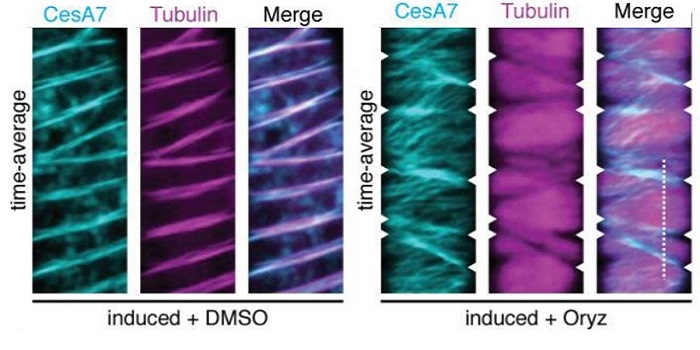
Evidence for Two Distinct Stages in Secondary Cell Wall Formation of Xylem
Blog, Research, Research Blog, The Plant Cell, The Plant Cell: In BriefA hallmark of xylem development is the deposition of secondary cell wall material in specific patterns (reviewed in Patrick et al, 2007). These cell wall deposits structurally reinforce the xylem to withstand negative pressure during water transport and differ in different xylem cell types. While it…
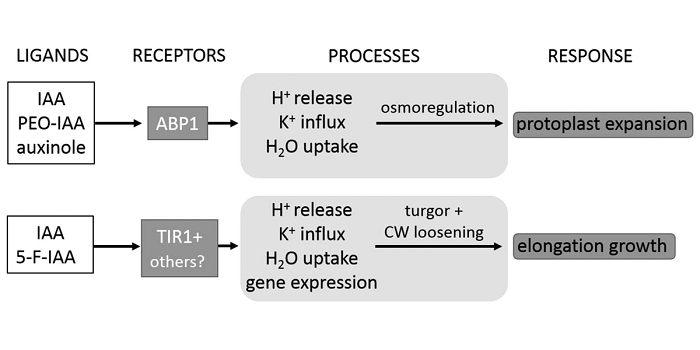
Protoplast Swelling Requires AUXIN BINDING PROTEIN1
Blog, Plant Physiology: On The Inside, Research, Research BlogConvincing molecular and biochemical evidence exists that members of the TRANSPORT INHIBITOR RESPONSE1/AUXIN SIGNALING F-BOX PROTEIN (TIR1/AFB) receptor family are auxin receptors that trigger auxin-induced gene expression and hypocotyl growth through enhanced expression of SMALL AUXIN UP RNA genes.…

Clathrin and Stomatal Function
Blog, Plant Physiology, Plant Physiology: On The Inside, Research, Research BlogVesicle traffic to and from the plasma membrane plays an integral role in regulating protein localization and activity, membrane composition, and cell surface area. Clathrin is a structural protein that forms a lattice-like complex composed of two H chain subunits (CHC1 and CHC2) and two light chain…
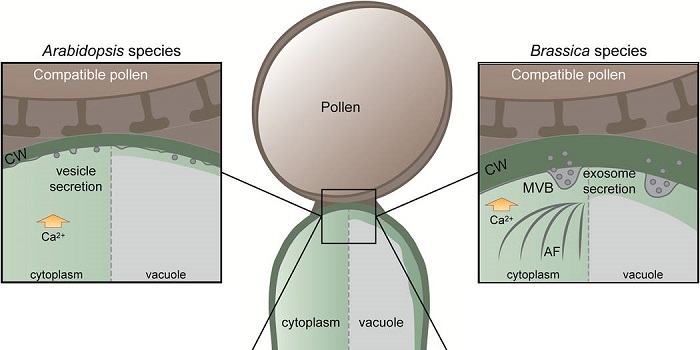
Review: Exocyst, exosomes, and autophagy in pollen-stigma interactions ($)
Blog, Plant Science Research Weekly, Research, Research BlogSome plants are able to suppress inbreeding through a system called self-incompatibility, in which “self”-pollen is unable to reach “self” eggs. Self-incompatibility has evolved multiple times and takes several forms. Goring reviews the cellular processes of self-incompatibility that occur in…

Review: The structure-to-function missing link of plasmodesmata: ($)
Blog, Plant Science Research Weekly, Research, Research BlogPlasmodesmata are tiny channels between cells that allow intercellular movement of messages and metabolites as well as pathogens. They are structurally complex and usually have a central strand of endoplasmic-reticulum (the desmotubule) that passes between adjacent cells, connected by spoke-like elements…

